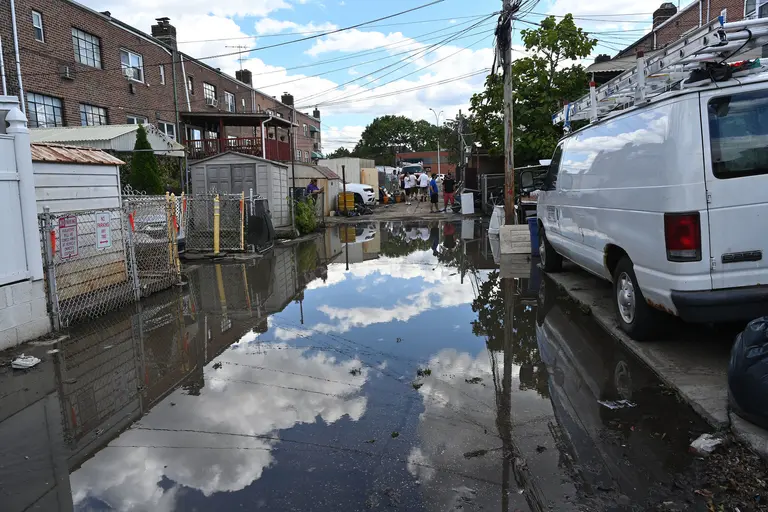
East Elmhurst, Queens, was flooded by torrential rains brought on by Hurricane Ida in 2021. Photo by Kevin P. Coughlin / Office of the Governor on Flickr
Trump cancels $325M in disaster prevention funds for New York
FIND OUT more

East Elmhurst, Queens, was flooded by torrential rains brought on by Hurricane Ida in 2021. Photo by Kevin P. Coughlin / Office of the Governor on Flickr
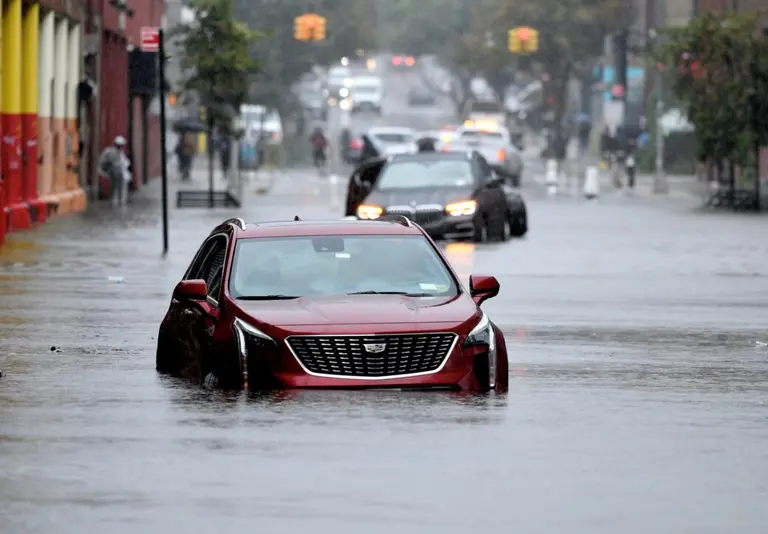
Credit: Marc A. Hermann / MTA on Flickr
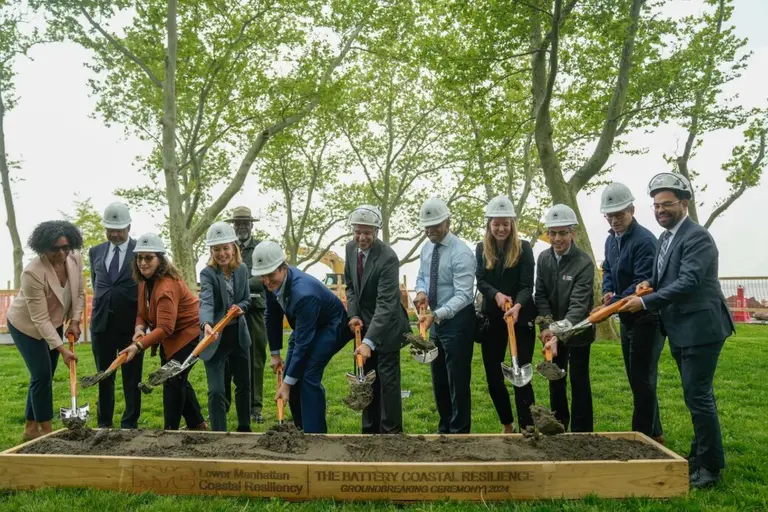
Image courtesy of Michael Appleton/Mayoral Photography Office on Flickr
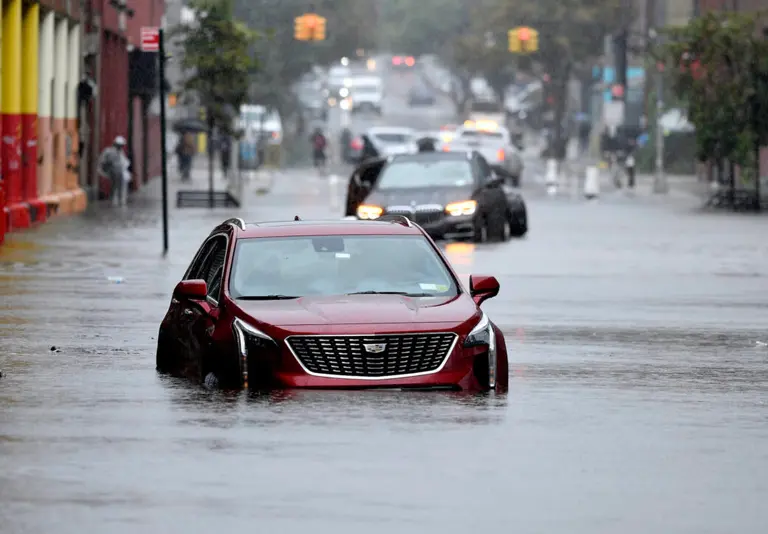
Heavy rainfall caused major flooding on September 29, 2023. Photo courtesy of Marc A. Hermann / MTA on Flickr
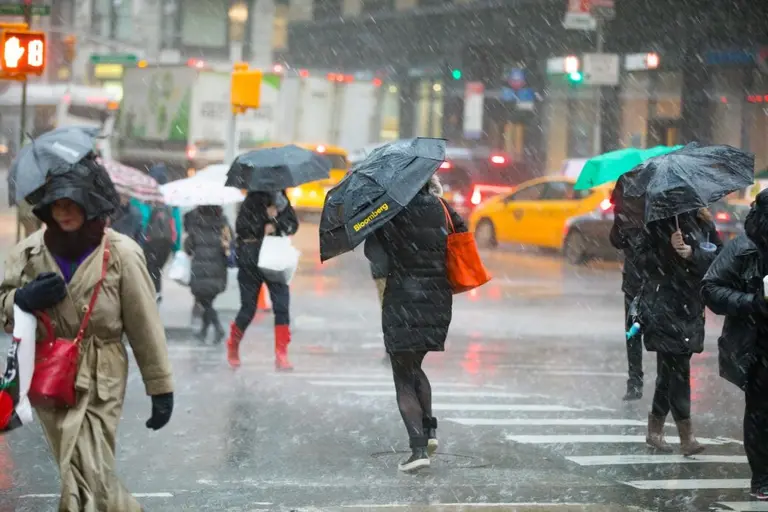
A 2018 storm. Photo: Benjamin Kanter/Mayoral Photo Office.

September 3, 2021: Gov. Kathy Hochul toured several homes in East Elmhurst, Queens that flooded from torrential rains brought on by Hurricane Ida. Photo by Kevin P. Coughlin / Office of the Governor on Flickr

September 3, 2021: Gov. Kathy Hochul toured several homes in East Elmhurst, Queens that flooded from torrential rains brought on by Hurricane Ida. Photo by Kevin P. Coughlin / Office of the Governor on Flickr
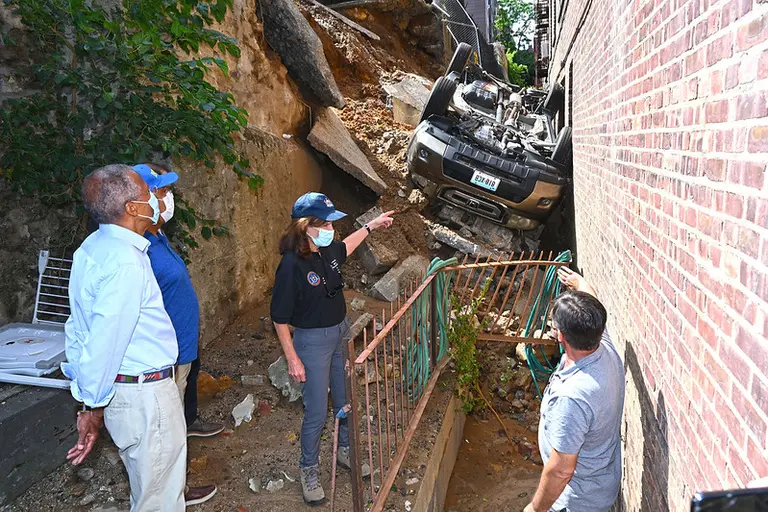
Gov. Kathy Hochul tours a storm-damaged apartment in Inwood. The heavy rains of Tropical Storm Ida forced part of a parking garage to collapse and damaged a ground floor apartment, and vehicle, on West 218th Street. Photo: Kevin P. Coughlin / Office of Governor Kathy Hochul on Flickr
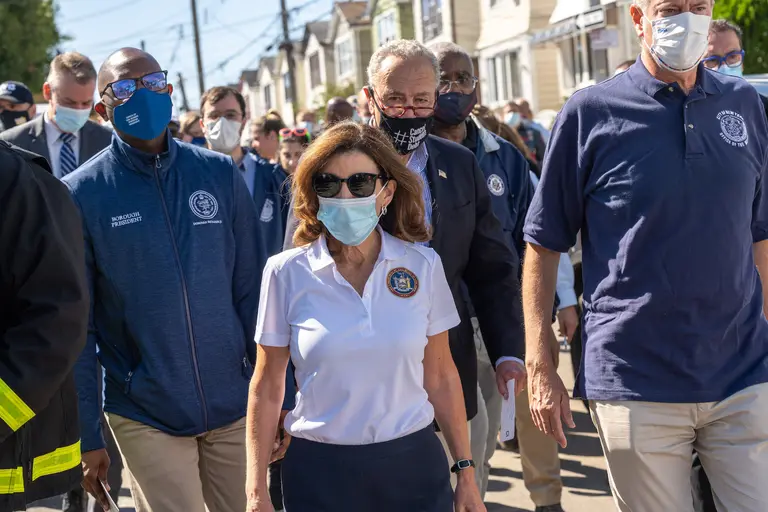
Photo courtesy of Gov. Kathy Hochul’s Office on Flickr
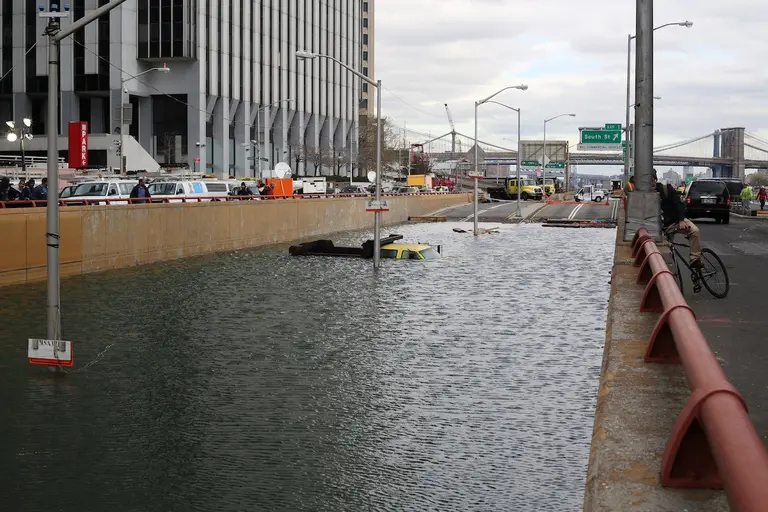
Flooded Battery Park Tunnel after Hurricane Sandy. Image: Timothy Krause via Flickr.
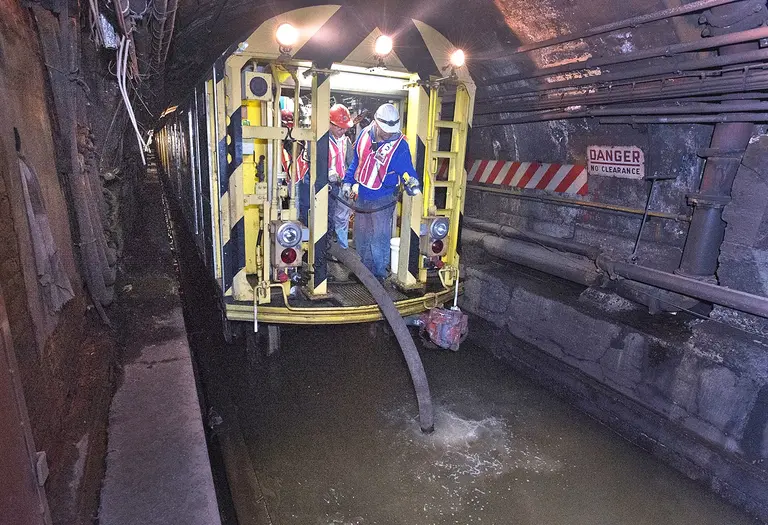
Workers pumping seawater out of the L-train tunnel after Hurricane Sandy in 2012, photo courtesy of the MTA on Flickr

Flooded Battery Park Tunnel after Hurricane Sandy. Image: Timothy Krause via Flickr.